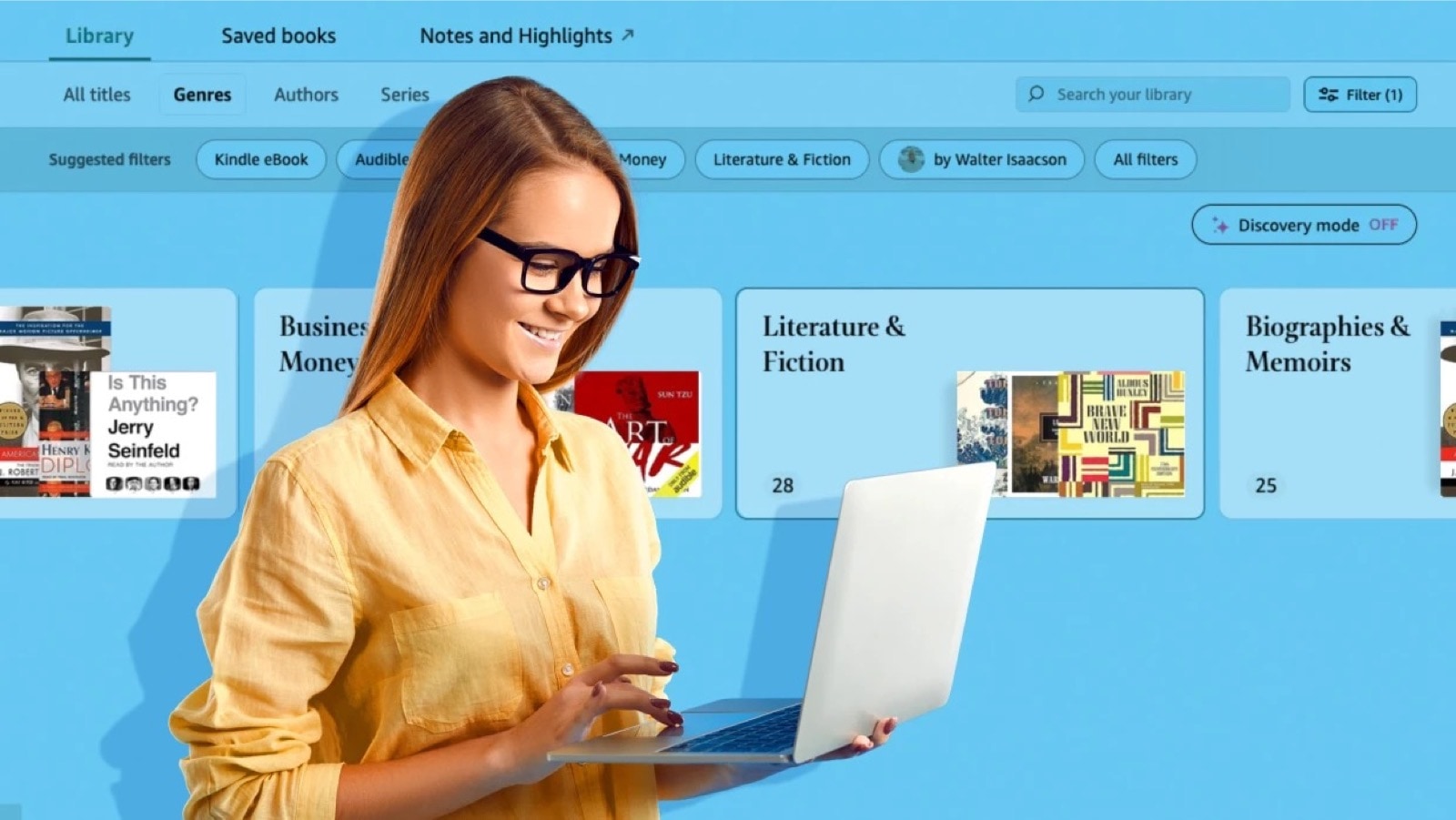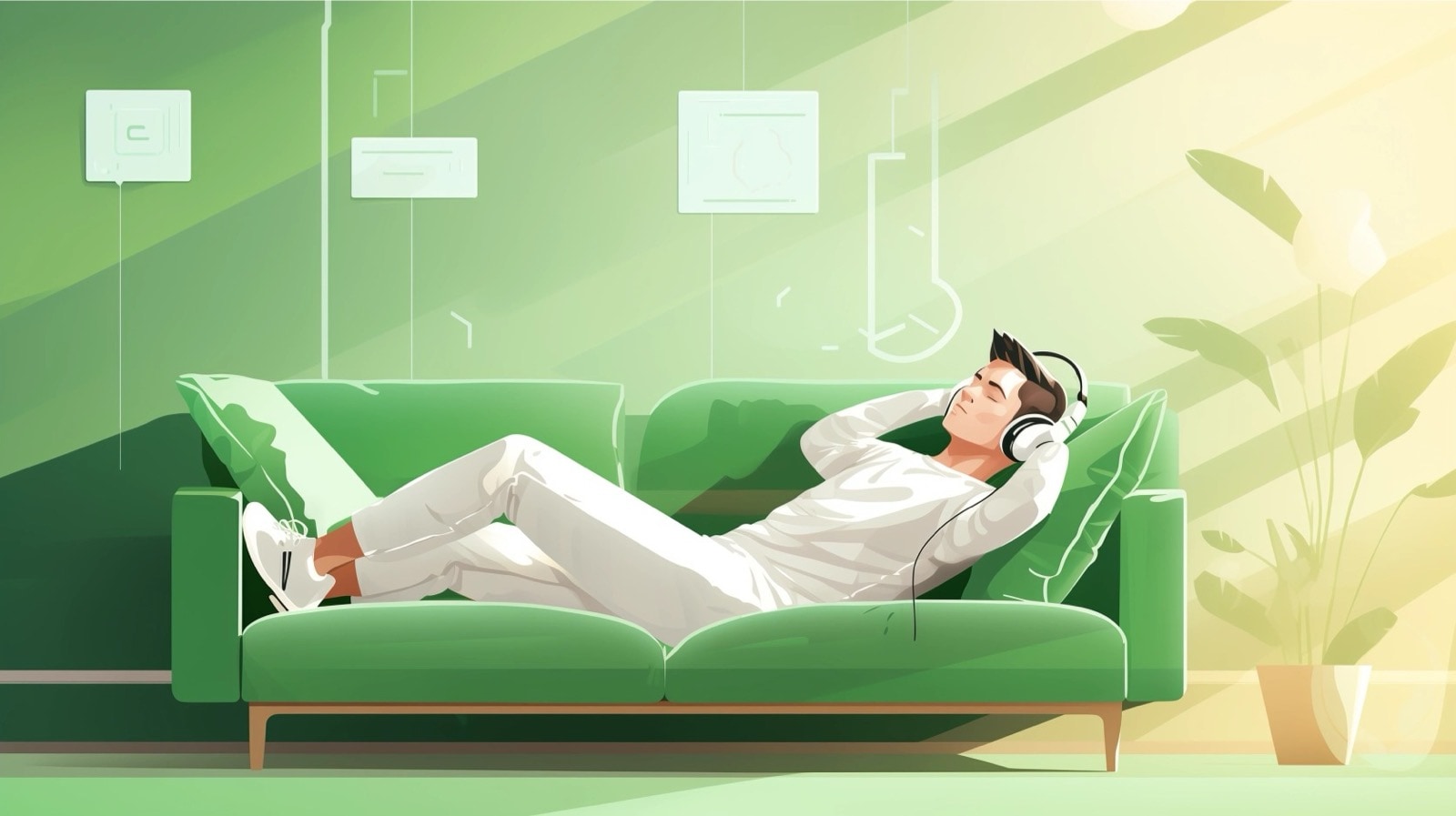The internet, especially now, in its social media phase, forces copyright laws to meet the evolving habits and expectations of internet users.
[ef-archive number=2 tag=”lists” ]
What’s the best solution that could satisfy both sides: the copyright holder, and the user?
The extremes are out of the equation. One extreme is the copyright law in an understanding from 100 years ago. The other is unlimited access and sharing of the somebody else’s intellectual property.
Everyone should be given the freedom to learn. But this should be done with respect to copyright holders.
The goal is clear, but the rules are unclear. Mainly because the circumstances evolve at a pace legislation is not able to keep up with.
What’s more, there are now several rules, not only the “all-rights-reserved”. Users simply don’t know which one is applied to which work.
How to make users respect copyright laws? To respect the law, you have to know it. Users should be aware what they can use and on what conditions.
Therefore, the biggest challenge nowadays is to increase the copyright literacy.
Click or tap on each visual to see it in full resolution. Find the links to original posts under the images.
[ef-reco type=”post” id=”81544″ title=”Read also” info=”Top article”]
8 infographics about public domain and copyright
1. Copyright laws compared
To start with, we need to know the differences between existing copyright laws.
This simple chart compares traditional copyright with Creative Commons and public domain. You’ll be able to learn about Fair Use in one of the infographics presented later in the post.
One thing to remember is that to use a copyrighted work, you need permission from the person who holds the rights.
2. How the internet affects copyright
Today, millions of people use the internet to find information.
Open and unlimited access to information and knowledge is the big benefit to users. On the other side, it’s the big threat to copyright holders.
The infographic tracks down how the internet forced copyright laws to adjust to the changing landscape.
3. Copyright vs illegal downloads
Open access to the information is a blessing, but we have to remember that unauthorized distribution of copyrighted material is illegal.
Copyright laws differ between countries, and this infographic does a great job in collecting relevant data and bringing it to a comparable level.
You’ll see here not only the cases of copyright infringement but also penalties in particular countries.
4. A new era of copyright literacy
This extremely helpful infographic will let you consciously use and share the material found on the web.
Entitled All You Have to Know about Copyright in Education, it contains a concise flow chart to determine if the work can be used, and how.
5. An infographic guide to copyright laws
“What Educators Need to Know about Copyright” is an interesting chart that is, in fact, a guide to copyright laws: Creative Commons, Open Educational Resources, and Fair Use.
6. All you wanted to know about public domain
The infographic focuses on explaining why we can’t expect new public domain works in the U.S. until 2019.
The visual is also a great source of information about the public domain in general.
The most important thing to keep in mind is that regulations are different in each country. Something that was released to public domain in one country may be subject to rights in another.
7. Why libraries need Fair Use
Most of materials available in libraries are copyrighted. On the other hand, it requires copying and digitizing these materials to enable research, learning, and teaching.
The Association of Research Libraries, together with the Center for Social Media and the Washington College of Law at American University, developed the Code of Best Practices in Fair Use for Academic and Research Libraries.
The Library Fair Use Code is “a clear and easy-to-use statement of fair and reasonable approaches to fair use developed by and for librarians who support academic inquiry and higher education.”
8. Libraries lead the way to balanced copyright
One of the major challenges libraries face nowadays is a copyrighted material.
On one side, there are rights of copyright holders. On the other: the need to access and use the copyrighted material to enable research, learning, and teaching.
This challenge is perfectly described in another infographic that comes from The Association of Research Libraries.
The infographic, entitled “Libraries Are Champions for Academic Freedom and Balanced Copyright”, emphasizes the importance of finding the golden mean between copyright and academic freedom.
• • •
To get more posts like this, please subscribe by RSS or email. Let’s also connect on Facebook and Twitter.
More lists to check out:
[ef-archive number=5 tag=”lists”]

















Leave a Reply